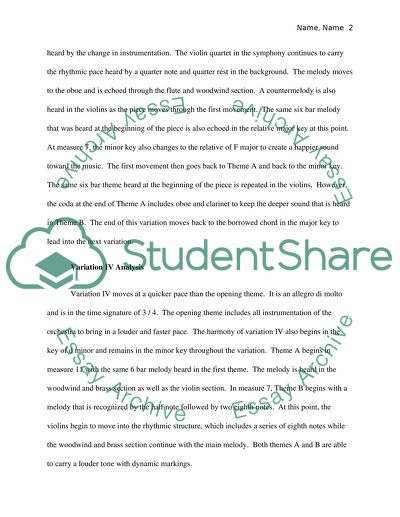Cite this document
(“Music Theory Analysis: Elgar's Enigma Term Paper”, n.d.)
Music Theory Analysis: Elgar's Enigma Term Paper. Retrieved from https://studentshare.org/music/1565899-music-theory-analysis-essay-on-two-extracts-of-elgars-enigma
Music Theory Analysis: Elgar's Enigma Term Paper. Retrieved from https://studentshare.org/music/1565899-music-theory-analysis-essay-on-two-extracts-of-elgars-enigma
(Music Theory Analysis: Elgar'S Enigma Term Paper)
Music Theory Analysis: Elgar'S Enigma Term Paper. https://studentshare.org/music/1565899-music-theory-analysis-essay-on-two-extracts-of-elgars-enigma.
Music Theory Analysis: Elgar'S Enigma Term Paper. https://studentshare.org/music/1565899-music-theory-analysis-essay-on-two-extracts-of-elgars-enigma.
“Music Theory Analysis: Elgar'S Enigma Term Paper”, n.d. https://studentshare.org/music/1565899-music-theory-analysis-essay-on-two-extracts-of-elgars-enigma.


